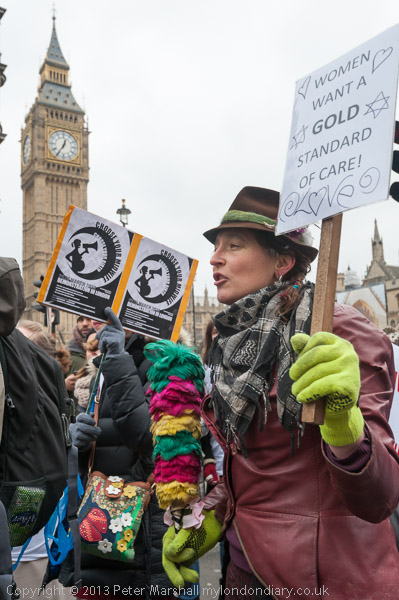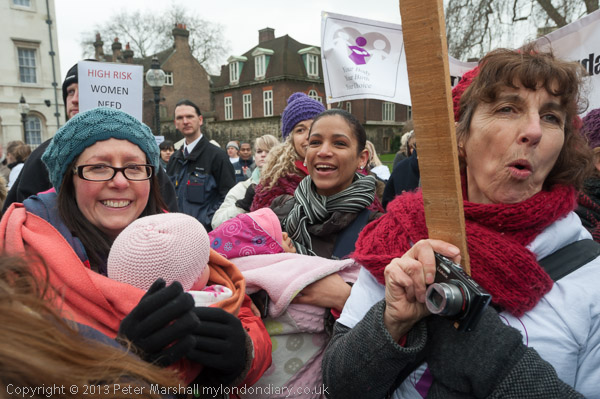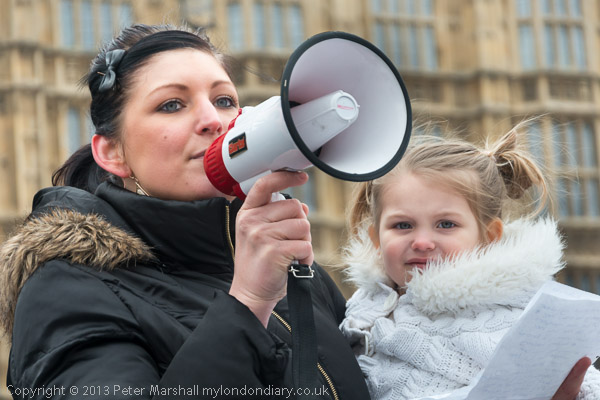
Long ago, when I became a parent, we did it on the NHS. Linda I think liked the idea of a relatively clean ward with medical services to hand being looked after compared to the mess and confusion of our own home, and didn’t entertain the idea of a home birth. Back then our local hospital was clean, in a newly opened purpose built maternity unit, and seemed well and efficiently run and there appeared to be no shortage of midwives. The hospital and the ante-natal classes were a short bike ride away, though for the birth we travelled by ambulance. It was a long and tricky business and we were pleased there was a doctor to hand when needed. Linda went back there a couple of years later for our second child.
Now, that unit has long been demolished, and most of our local hospital services have moved away elsewhere. When I had a week or two in a couple of the remaining wards around 10 years ago I was horrified at the failure of the contract cleaners to clean and it was often impossible for patients to find a nurse when one was needed. But perhaps the replacement maternity unit at the hospital an hour away by public transport is still well run – I’ve had no occasion to visit.
But many mothers want the more personal service that independent midwives can provide, although it is only available through the NHS in a few areas, and in some respects it provides a model that the NHS could and should learn from. David Cameron probably regrets having called the service they offer a ‘gold standard’ of care, but it is, and one that the NHS should aspire to, but unfortunately often appears to put unnecessary hurdles against cooperating with. But this protest was more about the European Union regulations and the failure of our government as yet to provide an affordable professional indemnity insurance scheme – something private enterprise has failed to come up with for over 10 years. It doesn’t make a great slogan:
What do we want?
An affordable professional indemnity insurance scheme!
When do we want it?
Now!
but it really is vital for the future mothers of this country.

Photographically the main problem was keeping warm, though I had wrapped up well. Though I think the Nikon D700 and D800E I use are ridiculously large – probably twice the volume of my old OM bodies – you can at least use them wearing pretty thick gloves.

I wanted to avoid the stereotype that using an independent midwife or wanting a home delivery were the prerogative of rather cranky middle-class mothers, but there were quite a few present who perhaps fitted. But one speaker introduced herself as an “ordinary mother”, making it clear that she wasn’t wealthy or middle class, not someone who could normally afford private medical care. She told of having to scrimp and save and of her good fortune in finding an independent midwife who would take her on at less than the normal rate.
One of the clichés about photojournalists is that their response to human misery is simply to photograph it rather than give help; something that is often untrue, although often the most positive thing photographers can do is to show what is happening to the world through their pictures. But we all know the story about the photographer describing the terrible condition and need of a beggar, near to death on an Indian street. “And what did you give him?” he was asked. “1/125 at f8. ”
I found myself having to make a decision in a rather less critical situation when photographing the large group picture of mothers and children which one of the gentlemen of the press had asked the event organisers to set up. Not my kind of thing, but if it happens I take advantage of it, and I’d moved in close to take pictures of a small group of mothers and children. As I did so one called out to me for help, saying she felt she was about to faint. Fortunately she didn’t hand me the baby that was rather securely strapped to her, but needed me to look after her things while she struggled to release the child.
For a couple of minutes I was no longer a photographer, simply someone giving assistance to a fellow human being. She didn’t faint, and thanked me for my help and I went back to taking pictures. I’d probably missed some opportunities, but it didn’t seem important; I was pleased to be able to help.
More about the event and more pictures in Independent Midwives Need Insurance on My London Diary.
________________________________________________________
My London Diary : Buildings of London : River Lea/Lee Valley : London’s Industrial Heritage
All photographs on this and my other sites, unless otherwise stated are by Peter Marshall and are available for reproduction or can be bought as prints.
To order prints or reproduce images
________________________________________________________